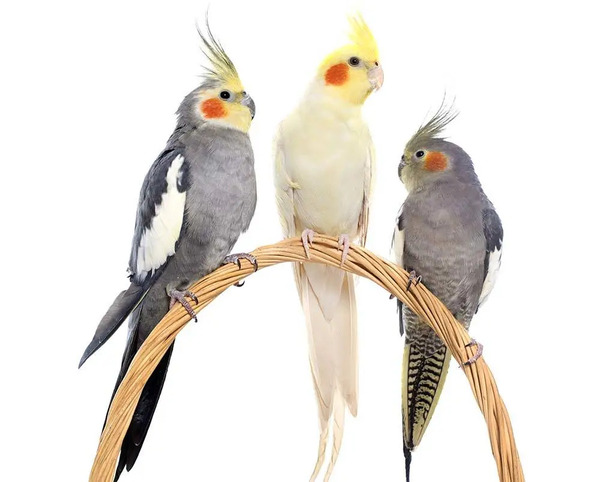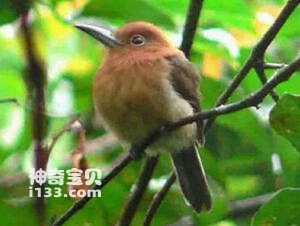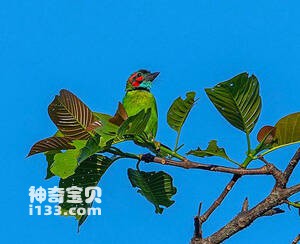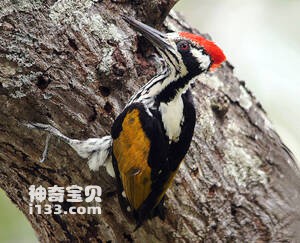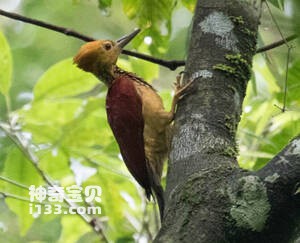Selenidera spectabilis
IUCN
LCBasic Information
Scientific classification
- name:Selenidera spectabilis
- Scientific Name:Selenidera spectabilis,Yellow-eared toucanet
- Outline:Climbing birds
- Family:
Vital signs
- length:30-35cm
- Weight:No textual research information is available
- lifetime:No textual research information is available
Feature
Distribution and Habitat
The small yellow-eared toucan is found in Central America (located between North and South America, Including Guatemala, Belize, Honduras, El Salvador, Nicaragua, Costa Rica, Panama, Bahamas, Cuba, Haiti, Jamaica, Dominica, Antigua and Barbuda, Saint Vincent and the Grenadines, Saint Lucia, Barbados, Grenada, Trinidad and Tobago, etc.), South America (including Colombia, Venezuela, Guyana, Suriname, Ecuador, Peru, Bolivia, Paraguay, Brazil, Chile, Argentina, Uruguay and the Malvinas Islands (also known as the Falkland Islands))
The yellow-eared toucan is usually found at altitudes of 400 to 1,000 m, mainly in lowland rain forests, but sometimes in open areas with sparse trees nearby.
Appearance
The yellow-eared toucan is between 30 and 35 cm long, with a dark green upper body, a dark blue belly, and a blue-green naked skin around the eyes. Reddish-brown head with citrus-yellow streaks under the waist and flanks. The plumage of the female bird is lighter than that of the male bird, and the black part appears brown. It has a red undertail covering. Named for their golden ear feathers. The sex difference is obvious, and chicks can be identified by body feathers when they are four weeks old. There is a beak that is large relative to the body, and the beak is actually very light, not nearly as heavy as it looks. The outside is a thin sheath of keratin, the inside is hollow, but there are many thin bone support rods staggered. The bird's tongue is very long, the margin of the beak is clearly serrated, and there is no mouth beard around the base of the beak. The skin on the exposed part of the face and jaw is usually brightly colored.
Details
Selenidera spectabilis (Yellow-eared toucanet) is a species of climbing bird.
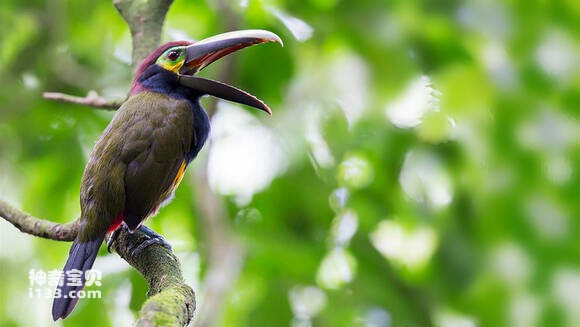
The song of the yellow-eared toucan resembles that of a frog. The yellow-eared toucan is omnivorous, feeding on fruits, seeds, and insects, and is sometimes considered a pest in orchards.

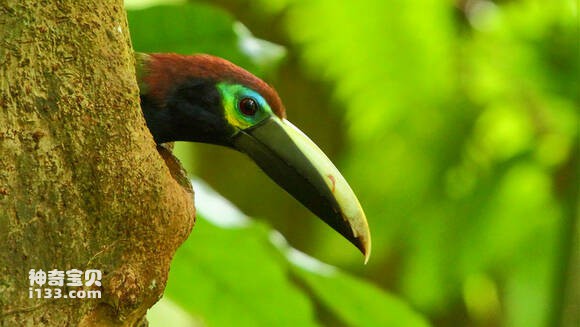
Protect wild animals and eliminate wild meat.
Maintaining ecological balance is everyone's responsibility!



